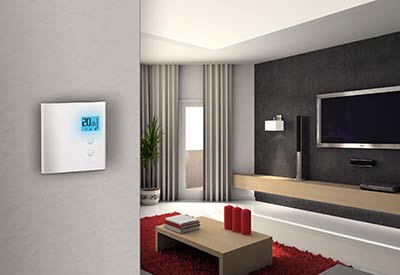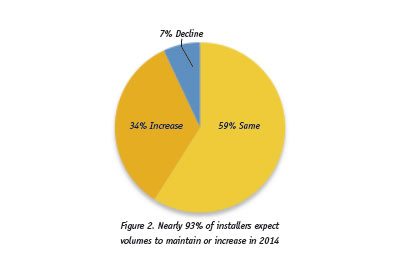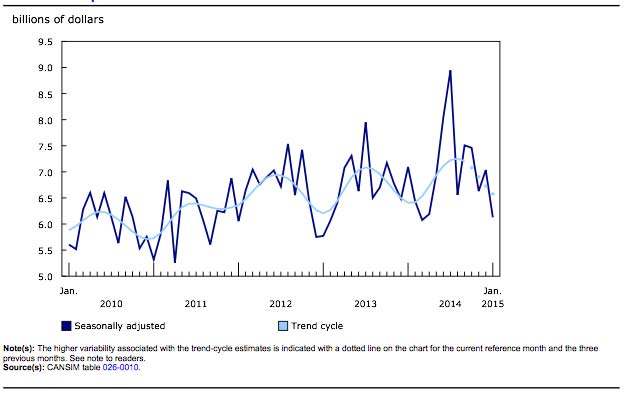Chauffage résidentiel : Quelques trucs – 2e partie

Richard Paquet
L’une des façons les plus simples, les plus efficaces et les moins coûteuses de chauffer une résidence aujourd’hui est le chauffage électrique. Vous pouvez garder de la naissance à la vie adulte avec les mêmes plinthes électriques. Toutefois, même si les plinthes électriques peuvent résister à l’épreuve du temps, elles ont tout de même une certaine durée de vie et devront éventuellement être remplacées. Quand il est temps pour vos clients de les remplacer, quelles sont les options pour chaque pièce de la maison? La résistance des éléments dans les plinthes électriques augmente avec le temps, ce qui conduit à une puissance moindre et ultimement la nécessité de la remplacer. La semaine dernière nous avons visité la cuisine et les chambres et cette semaine, nous nous attardons notamment aux planchers chauffants.
Lire l’article …
This is the second of two parts offering heating tips for your customers’ homes. The first part appeared in the October 7 issue of EIN.
Electric heating is one of the simplest, most inexpensive and efficient types of heating you will find in today’s market. Even though electric heaters can stand the test of time, they do have a life expectancy and eventually will have to be replaced. So when is it time for your customers to change their electric heaters? What replacement options do they have for the typical rooms in their home?
The resistance of the elements in electric heaters increases with age; this will result in decreased power and ultimate failure. Your customers will want to replace old heaters
• if the elements inside become damaged or corroded. The first sign will be a lack of heat. Ultimately the electric heater takes far too long to warm the room or may never reach the temperature desired.
• to improve safety because newer models come with thermal protections that automatically shut off the heater if the internal temperature exceeds the high temperature limit.
When recommending a heater for a customer’s home, it’s important to think about the requirements of each area. If they have an older home with upgraded windows, doors and insulation, they will likely require less wattage. A heat loss calculation can determine the wattage required. This calculation can be done using online calculators on heating manufacturer’s websites. You can find an example at http://en.stelpro.com/site/home_pub.asp. Once you have determined the wattage required for each room, choose the right product. Here are recommendations for specific rooms.
Living room
Living rooms generally have a lot of furniture, so long baseboards are not always the best solution. More often than not you will find electric baseboard heaters under the living room window with furniture a few inches away. The CSA requirements are not always met causing the unit to trip on its thermal protection and stop. In this instance, consider a convector or radiant heater. The convector will not take up a lot of wall space which will give your customer the freedom to arrange furniture as they see fit. For customers with children and pets, a radiant heater is a particularly safe solution because it can be installed above the window or near the ceiling.
Garage
Garages can be uninsulated and drafty. Therefore, they require more powerful heating to stay warm. A unit heater or ceiling fan forced heater are great solutions. Unit heaters may have adjustable louvres that allow customers to direct heat right form the source. They also may come with universal brackets that allow a ceiling or wall installation. The second option would be a ceiling fan forced unit. Ceiling units recirculate warm air that accumulates near the ceiling and can provide a nice uniform heat in the garage.
All the electrical heating products and controls mentioned above must be installed by a qualified person and connected by a certified electrician, according to the electrical and building codes effective in your region.
Thermostats
Customers who live in a home built in the 1970s or 80s likely have a mechanical thermostat. Mechanical thermostats don’t provide the precision and energy saving capabilities offered by electronic thermostats. Multiple programming or single programming electronic thermostats can help people save and increase their comfort level.
Electronic thermostats are so precise they have variations of only +- 0.1°C of the desired temperature. Programmable thermostats go a step further and provide greater flexibility with various levels of programming. With Stelpro’s multiprogramming, it is possible to program up to four periods during the week and four periods on weekends. This allows customers to lower the temperature automatically at certain times of day; ideally when are not home or are sleeping. The electronic thermostat’s programming capabilities will contribute to energy savings.
Heating cables/mats
This solution can be used in almost every room. Floor heating is silent, efficient and discreet and can be installed under most type of floor coverings. The floor heating system is completely hidden under the surface of the finished floor, which allows for more flexibility in the layout of furniture. Moreover, there is no direct contact with the heating element, avoiding any risk of burns. It is also the ideal heating system for people suffering from allergies and asthma as it does not move air like fan forced heaters. Once your customers’ feet have felt warm tiles on a cold winter day, they’ll ask themselves how they lived without a floor heating system.
Richard Paquet is Head of Marketing for Stelpro, a Quebec manufacturer of heating products, electronic thermostats, fans bathrooms, furnaces, HVAC and dryer. The firm is located in Saint-Bruno-de-Montarvillle, on Montreal’s south shore.









